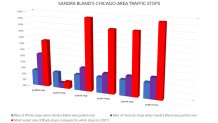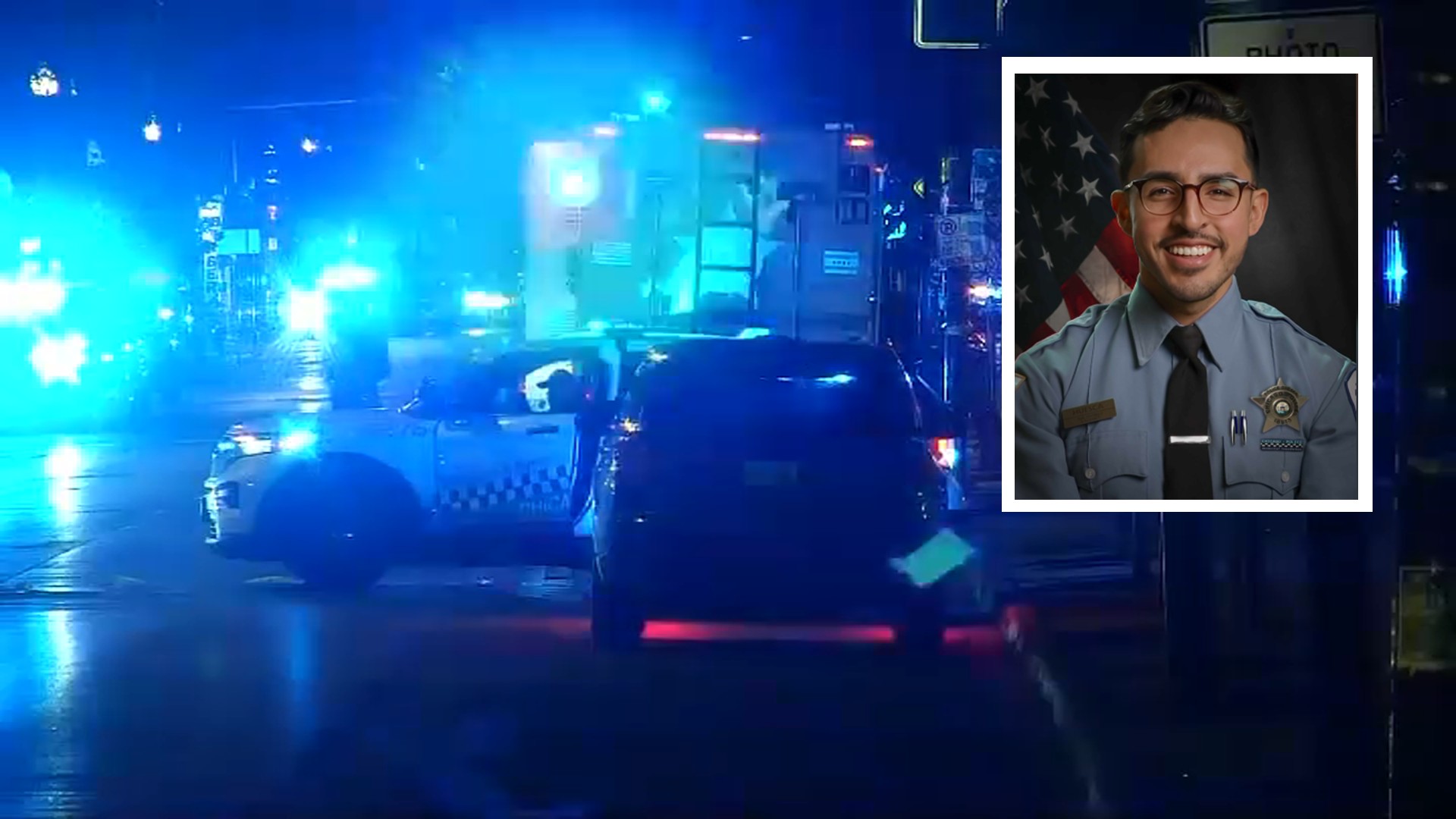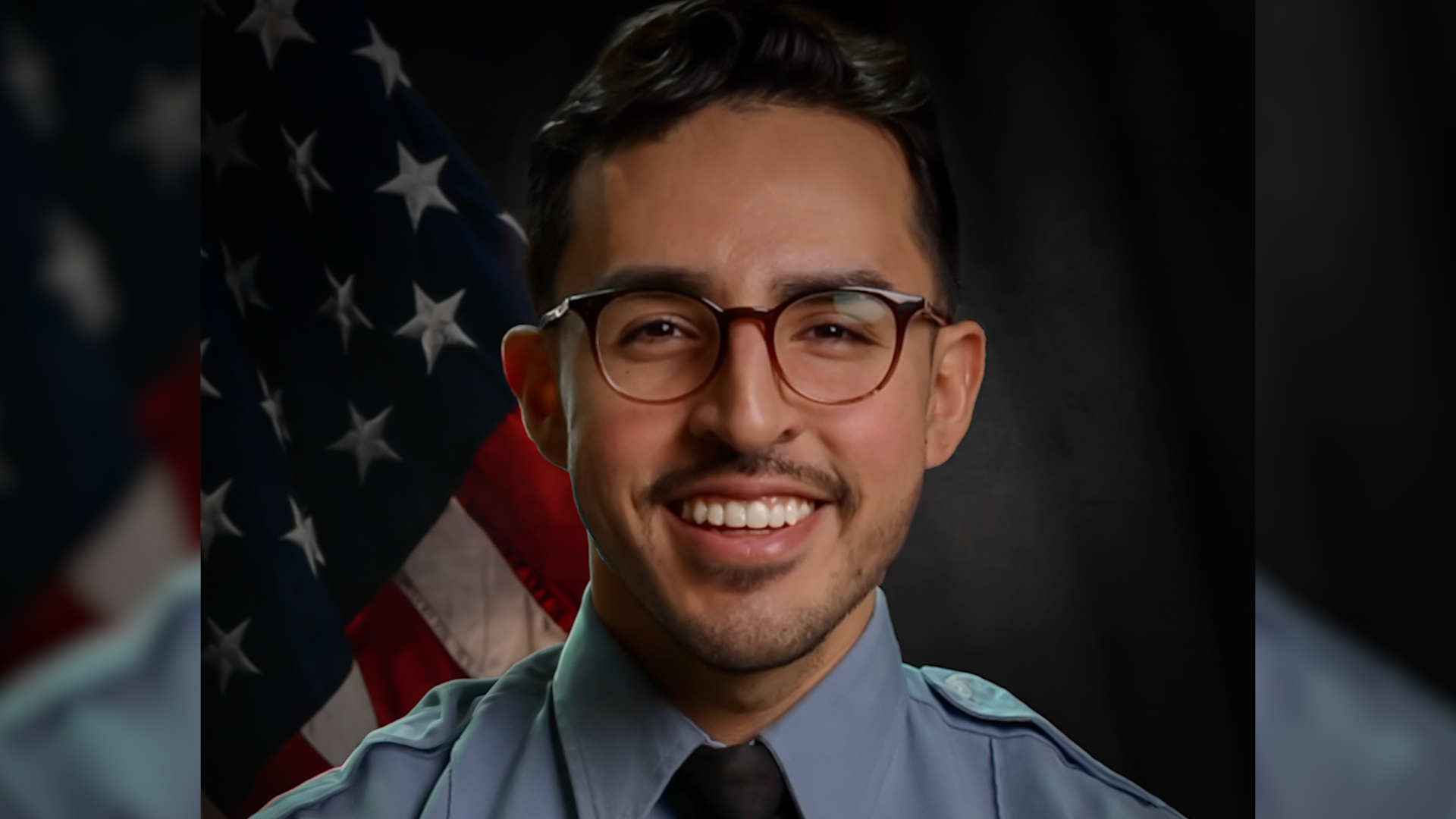
Sandra Bland died nearly eight years ago, but her words are just as relevant as ever.
Bland, from west suburban Naperville, was stopped by a state trooper in July of 2015 in Texas, purportedly for not using her turn signal. She and the trooper had an argument, and Bland was eventually taken to jail. She was found dead in her cell two days later, allegedly a suicide by hanging.
In the months before she died, Bland posted several videos in which she talked about being racially profiled during traffic stops, something she felt had happened repeatedly, when she was stopped by police in several Chicago suburbs.
Now, NBC5 Investigates has found that Bland was right: In five out of six times when Bland was stopped by suburban police, we found each police department reported stopping drivers of color at higher rates than white drivers – anywhere from 13% to 55% more often (when adjusted for population) during the specific time and location of each of Bland’s stops.
Feeling out of the loop? We'll catch you up on the Chicago news you need to know. Sign up for the weekly Chicago Catch-Up newsletter here.
The Illinois Department of Transportation requires every police agency in the state to record every single one of their traffic stops by race and ethnicity as part of the annual Illinois Traffic Stop Study, spearheaded back in 2003 by then-State Sen. Barack Obama specifically to address and possibly even eliminate racial-profiling in traffic stops.
Since then, we have all become more aware of the issue of racial profiling, in the wake of Bland’s death and the deaths of other Black individuals who died after traffic stops, including Tyre Nichols, who lost his life in January in Memphis.
So, with this heightened awareness, have things improved?
NBC 5 Investigates examined the same police agencies that stopped Bland, to see what their most recent traffic stop reports show now Surprisingly, we found those same departments are still stopping far more Black people, but now at even higher, far-more-disproportionate rates:
- When a west suburban police department stopped Bland back in the mid-2000s, they were stopping all people of color at a rate 55% higher than whites. Now, their most recent state numbers show they are stopping Black people at a rate 100% higher than whites.
- Bland was stopped by another suburban police department twice in 2014. In its report to the state, that department’s numbers showed its officers were pulling over all drivers of color 13% more often than whites. Now, their most recent report shows they are currently stopping Black drivers 150% more, proportionately, than white drivers.
- Another local police department pulled Bland over in 2013, when they were stopping drivers of color 23% more often than whites. That same department stopped Bland two more times in 2014. By then the department’s traffic-stop numbers had improved slightly, but its officers were still stopping drivers of color 17% more often, proportionately, than whites. Now, in its latest numbers reported to the state, that same department is currently stopping Black people 180% more often – when adjusted for population – than white drivers.
- Bland was also stopped by the Crestwood Police Department, which was the only local police agency we found whose numbers did not show a pattern of racial profiling. Back when Bland was stopped, Crestwood police were stopping drivers of color at only 67% the rate of whites. That pattern continues today: In its latest report to the state, the Crestwood Police Department reports that it pulls over Black drivers only 72% the rate of white drivers.

One reason for the drastic increases seen in this chart is that, since 2019, the Illinois Traffic Stop Study requires police departments to report their stop numbers by individual race or ethnicity: white, Black, Hispanic/Latino, Asian, etc.
Investigations
Before 2019, all people of color were clumped into one statistic called “minority.” Now that stops of Black people are specified, the numbers have skyrocketed for many police agencies, because Blacks are often more likely to be stopped than other drivers of color.
For example, here are the traffic stop numbers reported by the Chicago Police Department (all CPD districts combined) since 2019, when the state started requiring reports of individual races and ethnicities:

And here are the average rates of traffic stops reported by all Illinois police agencies, combined, since 2019 – again when the state started requiring agencies to specify stops of individual races and ethnicities:

You can check the history of traffic stops by any Illinois police agency, by going to this link. Once there, click on the tab marked “Studies;” select a year, and you can then look through the various links for analyses – plus every agency’s detailed traffic stop data – for that year.



